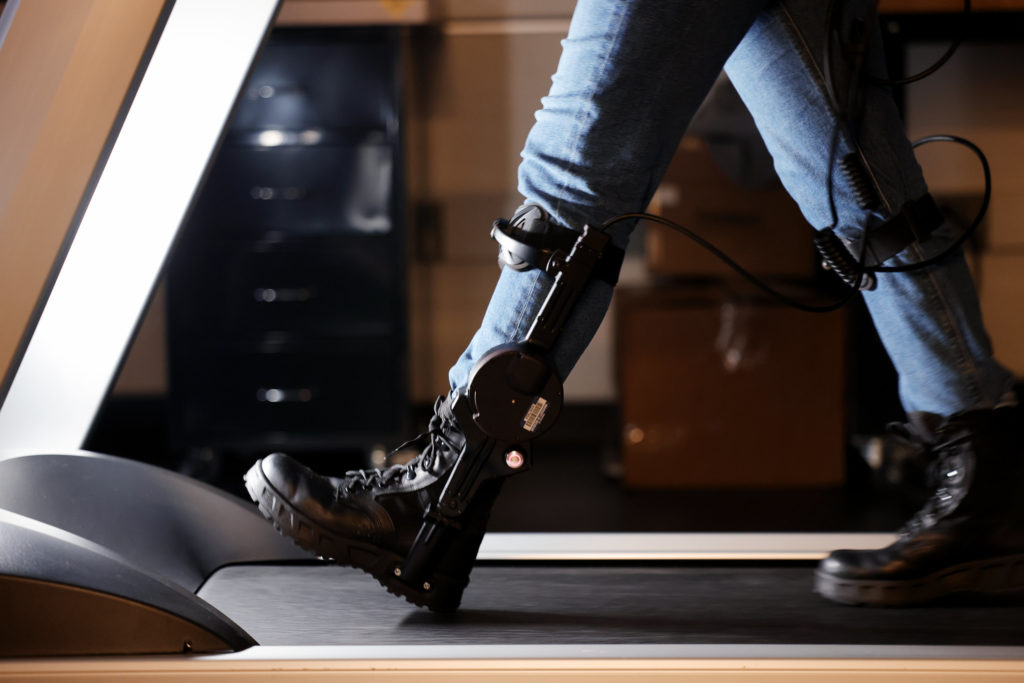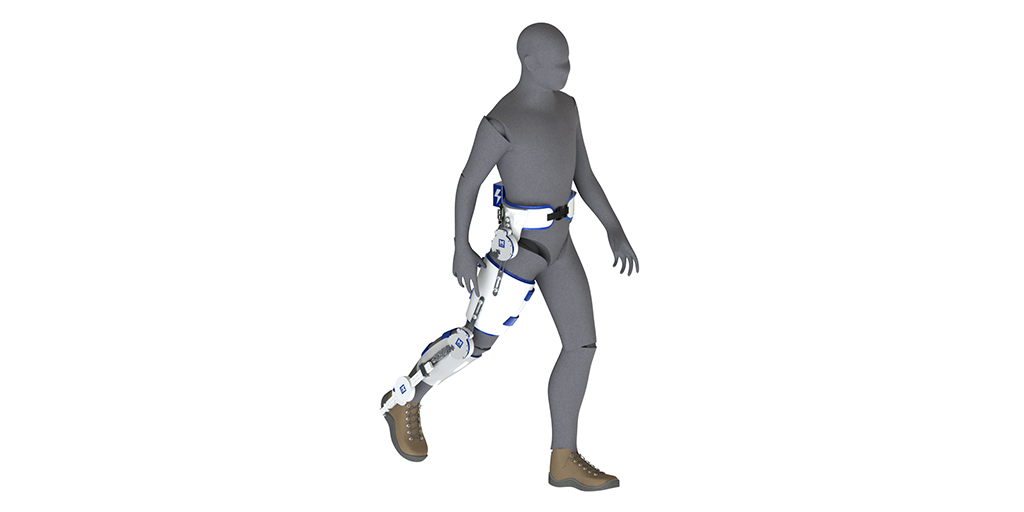Better prosthetics: $3M to develop more natural robotic leg control
December 23, 2023

A smoother experience for robotic prosthetic leg users is the aim of a University of Michigan project that has received renewed support from the National Institutes of Health. The R01 grant of $3 million will also enable the implementation of the researchers’ improved control program on a commercially available robotic prosthetic leg.
Sit to stand, stand to walk, up and down stairs and inclines—the human body shifts among these activities almost thoughtlessly. But these transitions are hard for robots, and robotic prosthetic legs have the additional challenge of not being hooked into the human user’s central nervous system to stay synchronized with their body.
Continue reading ⇒
